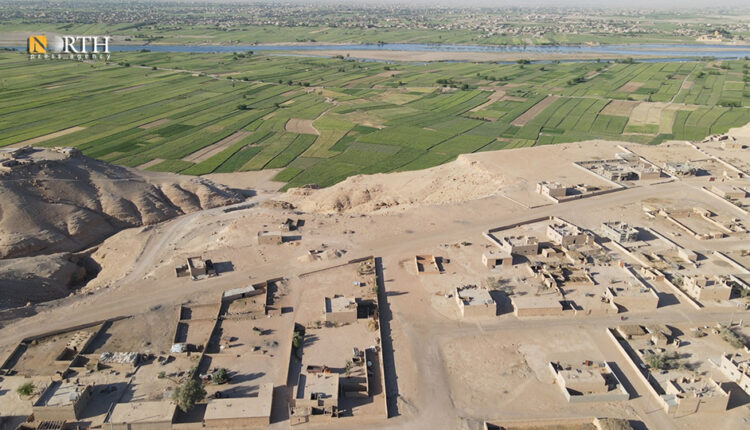
By Sarbast Hassan
QAMISHLI, Syria (North Press) – Seven villages and towns under the control of the Syrian government, Russian forces and Iranian-backed militias in Deir ez-Zor Governorate, eastern Syria, have become centers for covert operations targeting the Syrian Democratic Forces (SDF). These areas have been utilized for promoting the conversion of individuals to the Shia creed.
These areas are the towns of al-Hussainiyah and Khsham, and the villages of al-Salihiyah, Hatla, Marrat, Mazloum, and al-Tabiyyah, all of them are 23 Km away from the SDF-controlled areas and 10 km away from Deir ez-Zor Airport which the Syrian government forces controlled in late 2017 supported by the Russian forces and Iranian-backed militias.
Iran established a floating bridge two years ago over the Euphrates River, connecting the city of Deir ez-Zor to the village of Hatla, east of the Euphrates River. This facilitates the movements of the Iranian-backed militias to the SDF-held areas.
Moscow
The Russian forces are basically stationed in Marrat, primarily where the Russian Reconciliation Center is situated, near Marat School in the east, followed by Mazloum and Hatla.
Russian military police checkpoints are deployed in Marrat and Mazloum, along with the Fifth Corps and the Seventeenth Division of the government forces.
Checkpoints and presence points are located near the water station, health center, Baath School, Zouyo point, Hawi al-Hissan area, all within Marrat.
There is a second Russian center in Hatla, in addition to its points near the river bed.
Some residents in Marrat, Mazloum, and Hatla receive Russian assistance in terms of food and medical supplies, with a monthly distribution schedule divided into three stages.
Tehran
Iran and its backed militias are heavily present within these seven areas, but Hatla and al-Hussainiyah are their primary centers.
The forces consist of Iran’s Islamic Revolutionary Guard Corps (IRGC), the Lebanese Hezbollah, Quds Force, Liwa Fatemiyoun, Abbas Brigade, Zainabiyoun Brigade, and Baqir Brigade.
They have constructed a bridge over the Euphrates River, connecting al-Husseiniyah to al-Hawiqa neighborhood in the city of Deir ez-Zor, and changed the names of mosques in the area.
In Hatla, there is the Nasr center responsible for distributing salaries to its affiliated militants, located near Hatla Secondary School.
Furthermore, there is the Iranian Shifa Hospital led by Hajj Marouf, an Afghani, as well as an Iranian cultural center.
The Iranian militias are primarily accompanied by the Fourth Division and National Defense Forces (NDF) of the government forces. Checkpoints of the Fourth Division are abundant in the seven areas, known for imposing tolls.
Hatla and al-Husseiniyah witness constant Iranian activities, especially during official Persian holidays. They also exhibit clear signs of Shia influence due to religious policies in the two areas.
Damascus
Government forces are present in the seven areas under the influence of Iran and Russia. The Fifth Corps and the Seventeenth Division operate under the supervision of the Russian forces.
Meanwhile, the Fourth Division and the NDF operate under the direct supervision of the IRGC. There is a single presence of military intelligence at al-Salihiyah crossing, which connects the seven areas to those controlled by the SDF.
With this complex and delicate map and sometimes conflicting interests, security sources from North Press emphasize that the security and social situation in the seven areas is fragile. They insist that Iran is the main controller of the region, while Russian forces seek to compete for full control.
In recent years, the IDPs of those towns and villages have held protests demanding the withdrawal of the government forces and their right to return to their homes. These demands continue to this day.
